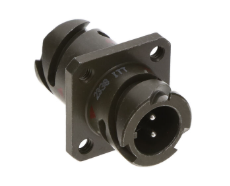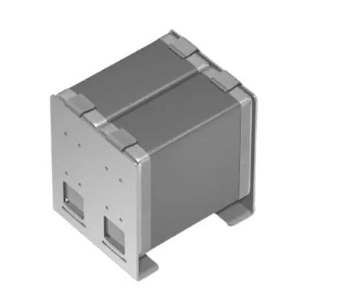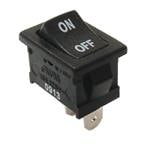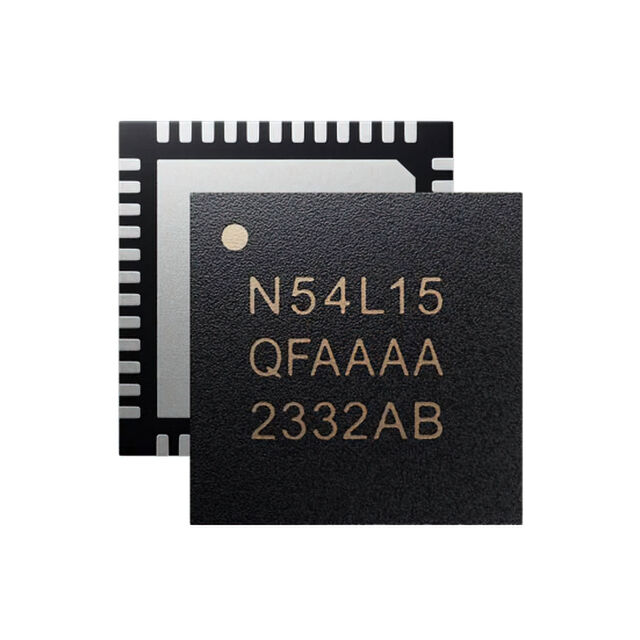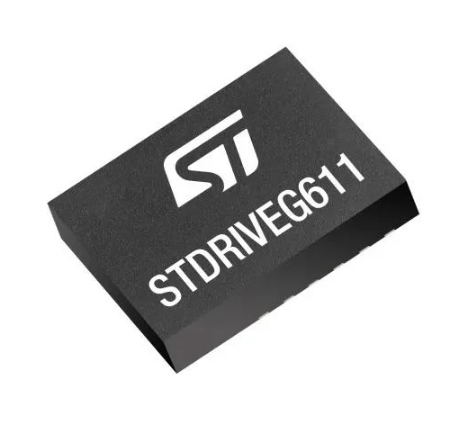Biosensor combines vAFE and accelerometer
STMicroelectronics has unveiled the ST1VAFE3BX, the first dual-function biosensor combining a vertical analogue front-end (vAFE) for detecting biopotential signals and a 3-axis ultralow-power accelerometer for motion tracking.
It is in stock at authorised distributor Anglia components.
Biopotential and motion signals are fully synchronized, enabling unique in-the-edge context aware analysis and enhancing reliability of the reading by compensating for motion artefacts.
This biosensor has been designed with a very compact, low-noise, and low-power integrated vAFE with configurable input impedance. The vAFE enables reading analogue signals that are complementary to motion signals. The vAFE and motion signals are intrinsically synchronous, so the result is a unique context-aware edge analysis, thus low power and with the minimum possible latency.
The vAFE is an analogue circuit integrated in the biosensor, alongside a 3-axis accelerometer, it amplifies and filters the information captured by the sensing element to detect biopotential signals for specific applications. For example, when electrodes are placed on a person’s chest, wrist, or head, the sensor can measure heart rate variability to identify stress and fatigue, amongst other things.
When combined with an IMU (Inertial Measurement Unit), the biosensorcan help create a system that monitors whether athletes are at risk of a concussion or multiple other issues such as brain functions, heart rates, electro-cardio signals, as well as hand or eye movements, thus opening the door to new types of products.
The biosensor can take inputs from three electrodes and so has the capability to measure the following:
Electrocardiography (ECG) – Electrical activity of the Heart Electroencephalography (EEG) – Electrical activity of the Brain Seismocardiography (SCG) – Heart Vibrations measured on the chest Electroneurography (ENG) – Measurement of Nerve impulses and damage.
The device permits easy integration due to synchronization of the vAFE with the accelerometer sensor signal which allows standalone processing in the MEMS sensor, leveraging its embedded ecosystem, including the FSM and MLC, and offloading the microcontroller. The embedded accelerometer has user-selectable full scales of ±2g/±4g/±8g/±16g and is capable of measuring accelerations with output data rates from 1.6 Hz to 800 Hz.
The biosensor embeds advanced dedicated features and data processing for signal processing like the finite state machine (FSM), adaptive self-configuration (ASC), and machine learning core (MLC) with exportable AI features/filters.
It has a dedicated internal engine to process motion and acceleration detection including free-fall, wake-up, single/double/triple-tap recognition, activity/inactivity, and 6D/4D orientation. The device’s high speed MIPI I3C target interface and embedded 128-level FIFO buffer complete a set of features that make this device a reference in terms of system integration from a standpoint of the bill of materials, processing, or power consumption.
The biosensor is supported by the STEVAL-MK1250KA evaluation kit composed of a PCB board containing the biosensor with access to full pinout and fitted with the required decoupling capacitors on VDD and VDDIO power supply lines.,
The kit contains the STEVAL-MKE006A electrode board which can be used to take biometric measurements from the users fingers and the STEVAL-MKE007A board which allows an ECG cable with 3.5 mm phone jack to be plugged in for measurements from electrode patches.
The evaluation kit is compatible with the STEVAL-MK1109V3 and STEVAL-MKI109D mother boards. The kit includes a high-performance 32-bit microcontroller functioning as a bridge between the sensor and a PC, on which it is possible to use the downloadable graphical user interface (MEMS Studio), or dedicated software routines for customized applications.
The ST1VAFE3BX is housed in a small thin plastic, land grid array (LGA) package for ease of integration in applications such as wearable devices and it is guaranteed to operate over an extended temperature range from -40°C to +85°C.
Anglia are offering customers a FREE evaluation kit and samples of ST1VAFE3BX dual-function biosensor from STMicroelectronics,


